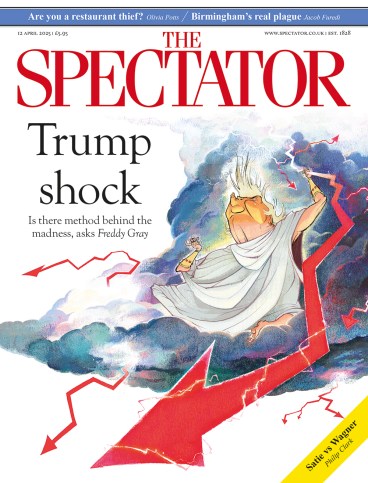
Robert Irwin – novelist, historian, reviewer and general all-round enthusiast and scholar of just about everything – died last year. It might seem odd that a man whose previous works included the definitive one-volume introduction to The Arabian Nights and a controversial critique in 2006 of Edward Said’s Orientalism – not to mention what is one of the great novels about Satanism, Satan Wants Me (1999) – should have spent his final years working on a book about stamp collecting.
But fear not. This is not some weird aberration in a career of weird aberrations; it is, in fact, another weird aberration. The Madman’s Guide to Stamp Collecting, Irwin announces in his first paragraph, ‘will be of little or no practical use or interest to stamp collectors’ – a declaration that serves as both a disclaimer and a challenge. If you’ve come here looking for advice on watermarks and perforations, walk away. The book does not deal with stamp collecting ‘practicalities’. Instead, the following topics are covered:
The Psychology and Psychopathology of Collecting; Seriality; Miniaturisation; Classification; Nostalgia; Anal Retentiveness; Specialisation; Fraudulence; Commemoration; Rarity; Completeness; Sexuality of Collecting; Secrecy and Subversion; Digressiveness; Boyhood; Dutchness; Boredom; Death.
So, not a manual for the aspiring philatelist but rather a philosophical disquisition on subjects of interest to Irwin, and indeed to anyone who’s ever experienced, say, boyhood, obsessions, boredom or desire. The stamps are merely the means by which the subject matter gets delivered.
Borrowing a phrase and an insight from the Polish writer Bruno Schulz, Irwin figures stamps as portals, tiny little paper ambassadors for ideas and for people and places that often no longer exist and for events long forgotten.








Comments
Join the debate for just £1 a month
Be part of the conversation with other Spectator readers by getting your first three months for £3.
UNLOCK ACCESS Just £1 a monthAlready a subscriber? Log in